Andrew
Share This Post
Andrew was born August 10, 2017, via c-section due to his breech position. Delivery went ok, and everything seemed fine at first. The next day, Andrew’s nurse noticed an “unresponsive episode” in which he momentarily stopped breathing. They kept him for observation in the NICU for 24 hours, but did not notice anything else, so he was then released. We would later go on to realize that the episode in question was probably the first of many seizures he would experience. Once home, Andrew quickly began losing weight, and had very little interest in eating. He would also continue having spasms, as well as episodes of convulsions and his limbs would get very tense.
He was admitted to the hospital for the first time due to his “failure to thrive,” and all attention was given to why he was not gaining weight. The other issues he was having were written off as reflux, and he was put on medication for stomach acid. After working with feeding therapy for a few days, he was released again. As the convulsions became more frequent and intense, we recorded what he was doing and brought video to our pediatrician. He put in an urgent referral to neurology, and upon seeing the video. they admitted us on the spot.
After an EEG in October 2017, he was diagnosed with epilepsy and infantile spasms. Everything seemed to come into focus at that point, as we realized he had been too tired to eat all the time. It also explained the “unresponsive episode” the day after his birth. We began a seemingly never-ending process of trying different medications to treat the seizures and infantile spasms, much with very little to no success.
By November, upon seeing Andrew’s lack of development, we were referred to genetics to find a cause for everything. Genetic testing came back the beginning of December 2017, and we learned Andrew had a mutation of his GRIN1 gene. No one really had much information to give us at that point, and we left that appointment happy to have a diagnosis. But we also felt more defeated than ever because we had no idea what it meant. We read everything we could find and ended up learning more from social media than we did from any doctor.
We spent all of 2018 and 2019 fighting seizures, as well as dealing with multiple respiratory issues. After several hospital admissions due to aspiration pneumonia, Andrew had a g-tube placed the beginning of 2019. While it turned out to be one of the best decisions we ever made, his breathing and lung function has still suffered greatly. Any small sickness he would catch turned into a lengthy hospital stay. A good day at home still required multiple breathing treatments and frequent suctioning. Then, December 2019 Andrew underwent surgery to remove his tonsils and adenoids, as well as to reconstruct his airways to try and allow better breathing. The surgery has helped somewhat, though his medical team all agree that a tracheotomy is more than likely to happen at some point.
While 2020 was a terrible year for most people, it ended up being one of Andrew’s best. Due to lockdown and his siblings doing virtual schooling, he did not get sick at all. For the first time ever, went an entire year without any hospital admissions.
Currently, Andrew has severe hypotonia and cannot walk, sit, reach, or even hold his head up. He is non-verbal and has cortical visual impairment so he sees very little, if at all. He is on oxygen while sleeping, gets daily breathing treatments, is g-tube fed, and has dozens of seizures every single day.
He also is more loved than any other kid I know. His 3 older siblings adore him and would move mountains to help him. We all hope and pray every day that something can help him. A cure for GRIN disorder, a solution to the seizures, something to help his breathing, anything. We will never give up hope.
Read more Posts

Rare Across America with Kat
My name is Kat Reiher, I am the lead Ambassador for CureGRIN, and I wanted to write about Rare Across America!

Patient Impact Grant
We are pleased to announce we have been awarded a $15,000 grant from Global Genes to provide funding to GRIN Disorder families impacted by the COVID-19 pandemic.
